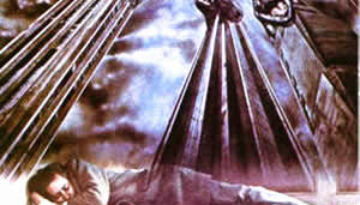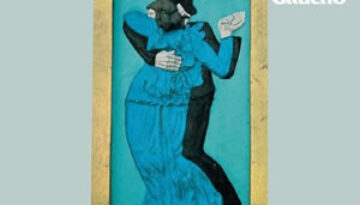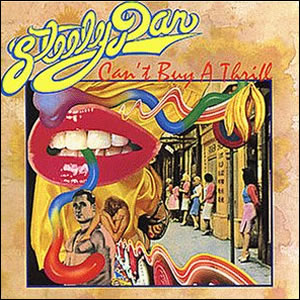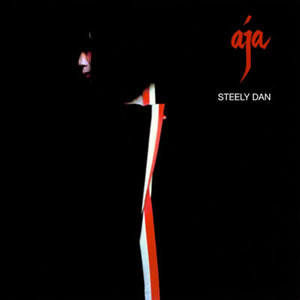The Royal Scam by Steely Dan
Buy The Royal Scam We’ve all heard of the genre called “outlaw country”. But with Steely Dan‘s 1976 fifth studio album, The Royal Scam, the group put forth a collection of songs that […]

Buy The Royal Scam We’ve all heard of the genre called “outlaw country”. But with Steely Dan‘s 1976 fifth studio album, The Royal Scam, the group put forth a collection of songs that […]

Buy Pretzel Logic At first glance, Steely Dan‘s third album, Pretzel Logic, may seem almost too short and efficient. Many of the songs do not even reach three minutes in length and the […]

Buy Gaucho Steely Dan had a smooth and steady upward climb through their heyday in the 1970s, with an album-a-year released for six straight years and each gaining in popularity. The group’s seventh […]

Buy Can’t Buy a Thrill For a debut effort, Can’t Buy a Thrill by Steely Dan is quite polished and refined. This is hardly a surprise as the group’s founders and core songwriters […]

Buy Aja Aja was the best album produced by the Steely Dan. With the sixth album by the group, driven primarily by keyboardist and vocalist Donald Fagen and bassist Walter Becker, the songs […]